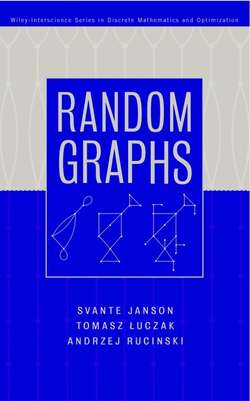Описание книги
A unified, modern treatment of the theory of random graphs-including recent results and techniques Since its inception in the 1960s, the theory of random graphs has evolved into a dynamic branch of discrete mathematics. Yet despite the lively activity and important applications, the last comprehensive volume on the subject is Bollobas's well-known 1985 book. Poised to stimulate research for years to come, this new work covers developments of the last decade, providing a much-needed, modern overview of this fast-growing area of combinatorics. Written by three highly respected members of the discrete mathematics community, the book incorporates many disparate results from across the literature, including results obtained by the authors and some completely new results. Current tools and techniques are also thoroughly emphasized. Clear, easily accessible presentations make Random Graphs an ideal introduction for newcomers to the field and an excellent reference for scientists interested in discrete mathematics and theoretical computer science. Special features include: * A focus on the fundamental theory as well as basic models of random graphs * A detailed description of the phase transition phenomenon * Easy-to-apply exponential inequalities for large deviation bounds * An extensive study of the problem of containing small subgraphs * Results by Bollobas and others on the chromatic number of random graphs * The result by Robinson and Wormald on the existence of Hamilton cycles in random regular graphs * A gentle introduction to the zero-one laws * Ample exercises, figures, and bibliographic references
